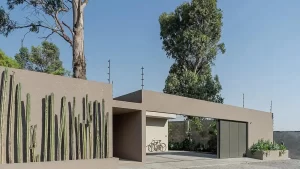Neoclassical architecture is a timeless style that has endured for centuries, from the grand monuments of ancient Greece and Rome to the stately buildings of Washington D.C. and other cities around the world. At its core, neoclassical architecture embodies a set of ideals that have resonated with people throughout history, such as order, balance, harmony, and classical beauty. Despite its long history, neoclassical architecture continues to inspire contemporary architects and designers, who find new ways to reinterpret classical forms and principles for modern contexts. In this blog post, we will explore why neoclassical architecture endures and continues to capture our imaginations, even in an era of rapid change and innovation.
Historical Context
The origins of neoclassical architecture can be traced back to ancient Greece and Rome, where classical principles of design and construction were developed and refined over centuries. These principles included a focus on symmetry, balance, proportion, clarity, and simplicity, as well as an emphasis on classical orders, such as the Doric, Ionic, and Corinthian columns.
During the Renaissance, classical ideas and motifs experienced a revival, as artists and architects looked back to ancient Greece and Rome for inspiration. This renewed interest in classical antiquity led to the development of a new style of architecture that combined classical elements with new techniques and materials, such as the use of domes and vaults in churches and palaces.
In the 18th and 19th centuries, neoclassicism became a dominant architectural style in Europe and America, as it embodied the values and ideals of the Enlightenment and the Age of Reason. Neoclassical buildings were designed to evoke a sense of order, stability, and cultural continuity, reflecting the optimism and confidence of a rapidly changing world. Examples of neoclassical architecture from this period include the U.S. Capitol Building in Washington D.C., the Royal Palace of Caserta in Italy, and the Panthéon in Paris. Today, neoclassical architecture continues to inspire architects and designers around the world, as they find new ways to reinterpret classical forms and principles for contemporary contexts.
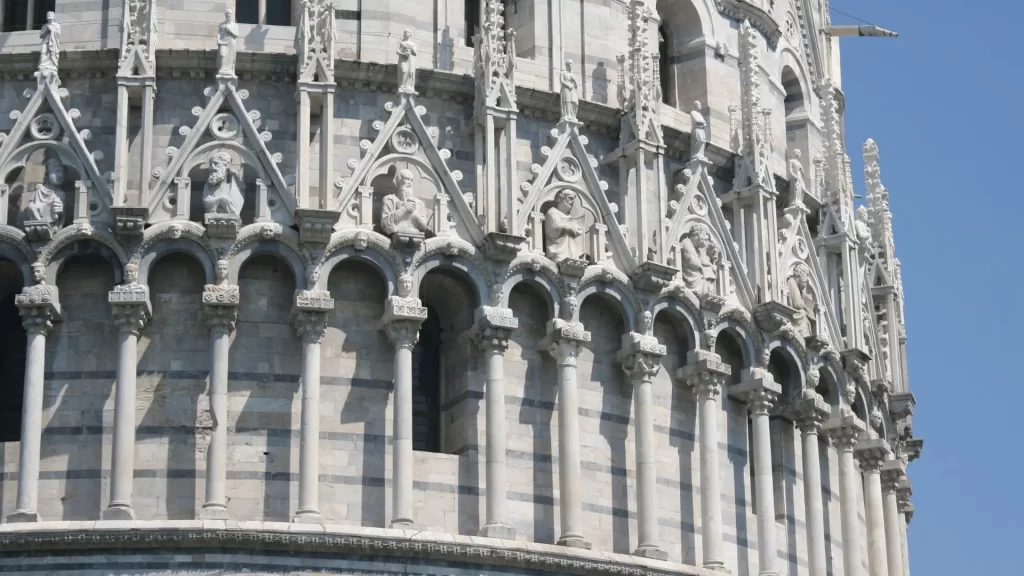
Key Features
One of the key features of neoclassical architecture is symmetry, which is achieved through the use of repeated elements and balanced proportions. Neoclassical buildings are often characterized by a central axis and a symmetrical façade, with columns, pilasters, and other decorative elements arranged in a balanced and harmonious way.
Another important feature of neoclassical architecture is clarity, which is achieved through the use of simple forms and clean lines. Neoclassical buildings tend to be free of excessive ornamentation, and instead rely on the beauty of proportion and scale to create a sense of elegance and refinement.
Proportion is also a fundamental aspect of neoclassical architecture, as it helps to create a sense of balance and harmony between different elements of a building. Neoclassical architects often used classical orders, such as the Doric, Ionic, and Corinthian columns, to establish a sense of proportion and hierarchy.
In addition to symmetry, clarity, and proportion, neoclassical architecture also emphasizes simplicity and restraint. The use of a limited palette of materials, such as marble, stone, and plaster, helps to create a sense of unity and coherence in neoclassical buildings.
Overall, the key features of neoclassical architecture are designed to create a sense of order, harmony, and classical beauty, and have inspired architects and designers for centuries.
Philosophical Foundations
Neoclassical architecture is rooted in a set of philosophical and cultural values that have endured for centuries. These values include reason, order, harmony, beauty, and classical antiquity.
At its core, neoclassical architecture embodies the classical ideal of reason, which emphasizes the importance of logic, rationality, and intellectual inquiry. This ideal is reflected in the clear and logical organization of neoclassical buildings, which are designed to convey a sense of order and rationality.
Harmony is another fundamental value of neoclassical architecture, which is achieved through the use of balanced proportions and symmetrical forms. This sense of harmony is intended to create a sense of balance and order, which is both aesthetically pleasing and emotionally satisfying.
Beauty is also a central value of neoclassical architecture, which is achieved through the use of classical forms and motifs that have been refined and perfected over centuries. Neoclassical buildings are designed to be beautiful in a timeless and universal sense, reflecting a deep appreciation for the enduring values of classical antiquity.
Finally, neoclassical architecture is deeply rooted in classical antiquity, which is seen as a source of cultural continuity and stability. The use of classical orders, such as the Doric, Ionic, and Corinthian columns, helps to connect neoclassical buildings to the rich cultural heritage of ancient Greece and Rome, and reinforces the enduring relevance of classical ideals and values.
Overall, the philosophical foundations of neoclassical architecture reflect a deep appreciation for reason, order, harmony, beauty, and classical antiquity, which have inspired architects and designers for centuries.
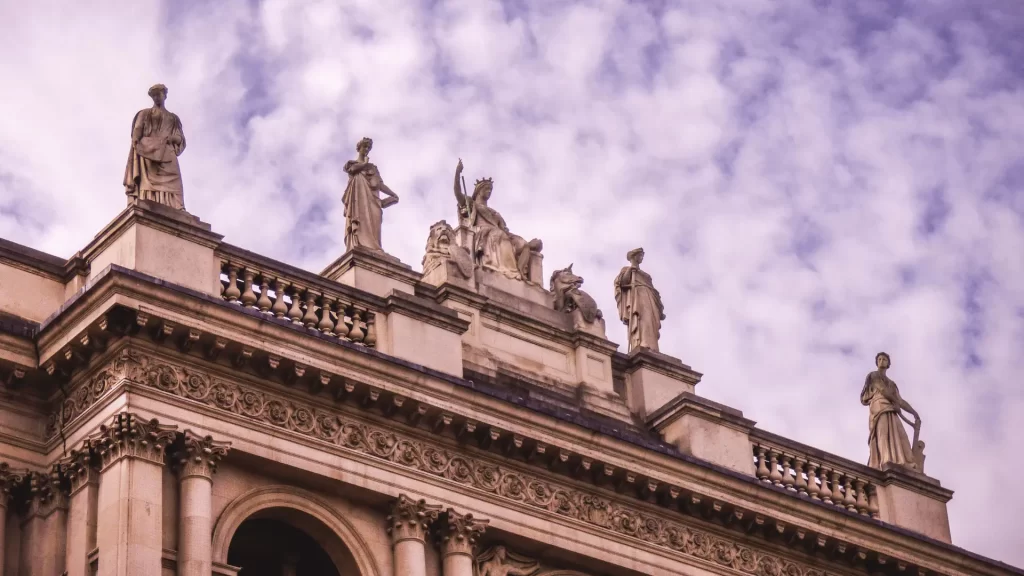
Historical Examples
Neoclassical architecture has left an indelible mark on the world’s built environment, with numerous examples of this timeless style found across the globe. Some of the most notable examples of neoclassical architecture include:
- The U.S. Capitol Building in Washington D.C., which was designed by architect William Thornton in the late 18th century. The building features a neoclassical façade with a central dome, columns, and pediments, and is widely regarded as one of the finest examples of neoclassical architecture in the United States.
- The Royal Palace of Caserta in Italy, which was designed by architect Luigi Vanvitelli in the mid-18th century. The palace features a grand neoclassical façade with a central courtyard, multiple stories, and a grand staircase. The palace’s architecture reflects the grandeur and power of the Bourbon kings who commissioned it.
- The Panthéon in Paris, which was originally designed as a church in the mid-18th century, but was later repurposed as a secular monument to honor the great men and women of France. The building features a neoclassical façade with a grand dome, columns, and pediments, and is a testament to the enduring appeal of classical forms and motifs.
- The White House in Washington D.C., which was designed by architect James Hoban in the late 18th century. The building features a neoclassical façade with a central portico, columns, and pediments, and is one of the most recognizable buildings in the world.
- The British Museum in London, which was designed by architect Sir Robert Smirke in the early 19th century. The museum features a neoclassical façade with a grand entrance portico, columns, and pediments, and is a testament to the enduring appeal of classical motifs and ideals.
These and many other examples of neoclassical architecture continue to inspire architects and designers around the world, and are a testament to the enduring appeal of classical forms and principles.

Contemporary Adaptations
Neoclassical architecture has remained a popular style throughout the centuries, with architects and designers continuing to adapt and reinterpret classical forms and motifs in contemporary contexts.
One example of a contemporary adaptation of neoclassical architecture is the recently completed New Acropolis Museum in Athens, Greece. Designed by architect Bernard Tschumi, the museum features a sleek and modern exterior with a glass façade that reflects the city’s ancient skyline. Inside, the museum features a series of galleries that showcase the artifacts and treasures of ancient Greece, with a layout that is both functional and elegant.
Another example of contemporary neoclassical architecture is the Rosewood Hotel in London, which was designed by architect Tony Chi. The hotel features a grand neoclassical façade with a central entrance portico, columns, and pediments, and is a nod to the city’s rich architectural heritage. Inside, the hotel features a blend of contemporary and classical design elements, with luxurious materials and finishes that create a sense of timeless elegance.
In addition to these high-profile examples, neoclassical elements and motifs can be found in many contemporary buildings, from government buildings to private residences. The enduring appeal of neoclassical architecture lies in its ability to evoke a sense of timelessness and elegance, while also providing a functional and flexible framework for modern design.
Overall, contemporary adaptations of neoclassical architecture demonstrate the enduring appeal of classical forms and motifs, and the ability of this style to adapt to changing times and contexts. By blending the best of the past with the innovations of the present, contemporary neoclassical architecture continues to inspire and delight designers and enthusiasts around the world.
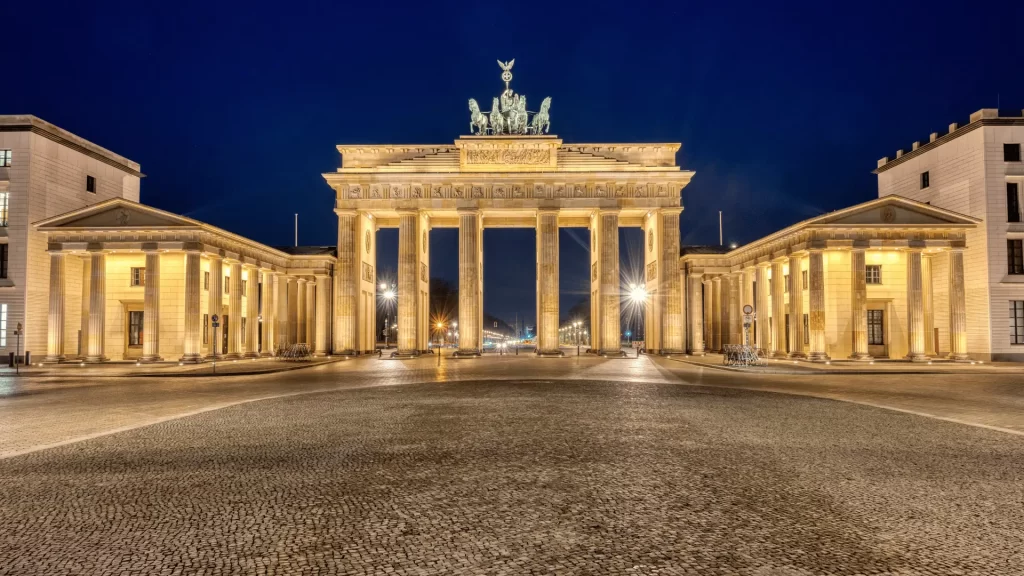
In conclusion, neoclassical architecture has endured for centuries as a testament to the enduring appeal of classical forms and principles. From its origins in the Enlightenment era to its contemporary adaptations, neoclassical architecture continues to inspire and captivate architects, designers, and enthusiasts around the world.
As we have seen, neoclassical architecture is defined by its key features, including symmetry, proportion, and classical motifs such as columns, pediments, and domes. These features have been adapted and reinterpreted in countless buildings, from grand government structures to private residences and hotels.
Despite the passage of time, neoclassical architecture remains a popular and enduring style, reflecting a timeless elegance and sense of order that transcends cultural and national boundaries. Whether through historical examples or contemporary adaptations, neoclassical architecture continues to inspire and delight, and is likely to remain a defining influence on the world’s built environment for many years to come.
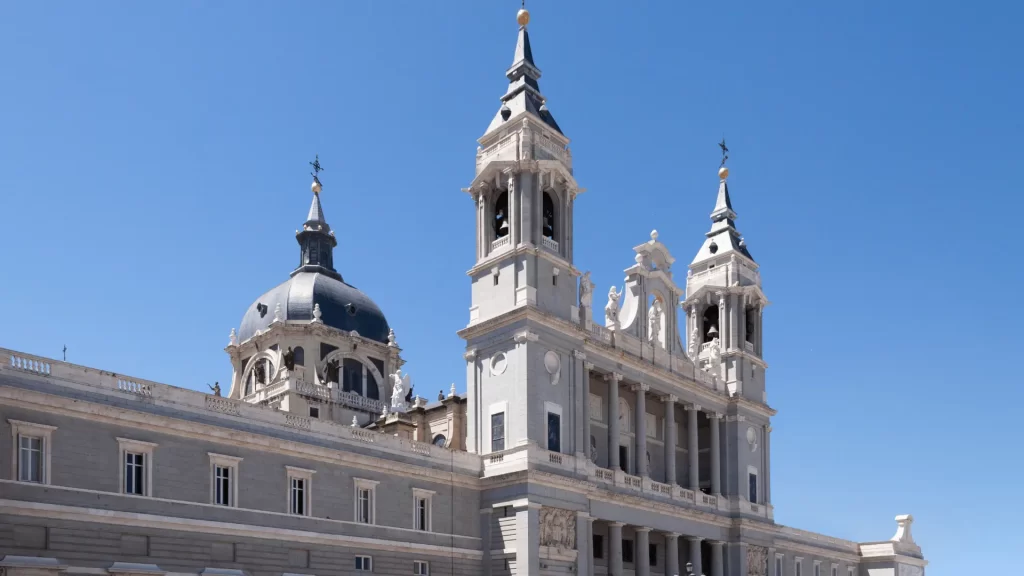
Are you concerned about the air quality in your home and the health of your family? Our latest post explores the benefits of using air purifiers to keep your indoor environment clean and healthy. From reducing allergens and pollutants to preventing the spread of airborne viruses, air purifiers offer numerous advantages for your home and family. Don’t miss out on this important information – read our post now.
The Benefits of Using Air Purifiers: Keeping Your Home and Family Healthy



